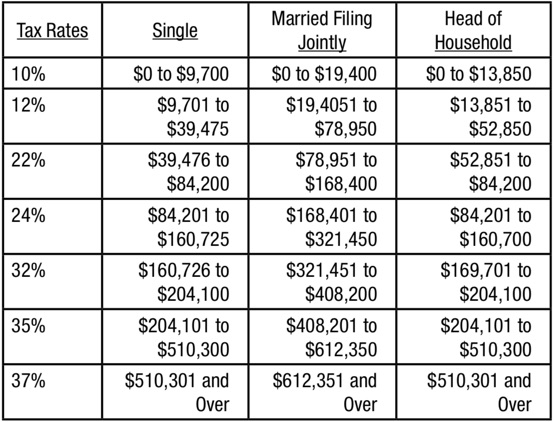View / Download April 2019 Article – PDF File
Tax Trends and Developments Column – Michigan Family Law Journal
Section 529 Plans – Prior to 2017 Tax Cuts and Jobs Act Changes (Tax Reform Act)
Internal Revenue Code Section 529 allows states to establish a tax-advantaged savings program that permits a person to contribute to an account for a designated beneficiary’s qualified higher education expenses (QHEE).
Distributions from such accounts – including earnings – are not taxable provided such distributions do not exceed the
beneficiary’s QHEE.
QHEEs include tuition, fees, books, supplies, and equipment – including technology equipment – required for attendance at a qualified institution of higher education (as defined in the 1998 Amendment to the Higher Education Act of 1965 – generally, any public college or university).
Distributions for QHEE are limited to $10,000 per beneficiary annually. If there is more than one Section 529 account for a beneficiary – e.g., one maintained by each set of grandparents – the $10,000 limit applies to distributions from all accounts on a combined basis.
Funds in a Section 529 account can be rolled into another Section 529 account for another beneficiary. So, if an account’s
funds exceed a beneficiary’s QHEE at time of graduation, the excess funds can be transferred to another beneficiary.
Grandparents, as well as parents, often use Section 529 plans to fund future educational expenses of loved ones.
Tax Reform Act Changes to Section 529 Plans
Under the Tax Reform Act, effective in 2018, tuition – and only tuition – for kindergarten through high school qualifies for the tax benefits under Section 529.
Further, this expansion applies to public, private, and religious school tuition for K through 12.
The definition of qualified expenses remains broader for post-secondary education.
Michigan Education Savings Program
Michigan has established the Michigan Education Savings Program (MESP) – a Section 529 program. Some features of the MESP:
- Investment Options – The MESP offers many investment options for differently aged beneficiaries. The investment risk level options include Aggressive, Moderate, and Conservative.
- Tax Benefits – A person filing as single can deduct up to $5,000 in MESP contributions annually for Michigan income tax purposes. The limit is $10,000 for a couple filing a joint Michigan income tax return.
- So, at Michigan’s 4.25% tax rate, every $1,000 of contributions saves $42.50 in Michigan taxes.
- Of course, the primary tax saving is the exclusion from federal income tax of the earnings in the account.
- Fees – There are no enrollment or account maintenance fees. There is a modest program management fee and a fee on underlying investments.
- Not Restricted to Michigan Educational Institutions – Distributions for QHEE can be for an educational institution
outside Michigan
Relevance to Divorce
Provision for educational expenses – particularly K-12 private school and post-secondary education – is often an objective in divorce settlements. Use of Section 529 may offer a tax-advantaged way of doing so – particularly now for K-12 private school tuition.
Private or Religious Grade & High School Example:
- Dad agrees to pay a child’s private school tuition of $10,000 annually.
- Using a 529 plan to do so saves $425 of Michigan tax each year.
- And, any earnings in the account are tax free if all used for qualified education expenses.
For public college and university expenses, it is advantageous to start when children are young and, hence, the savings horizon is long enough to establish significant funds for education.
College Example:
- Contributing $250 a month for a 5 year-old child, invested at 2%, will result in over $44,000 at the child’s age 18.
- The $8,000 earnings will be free of federal and state income tax if used for qualified education expenses.
- And, the Michigan tax savings total $1,530 over the 13 years.
About the Author
Joe Cunningham has over 25 years of experience specializing in financial and tax aspects of divorce, including business valuation, valuing and dividing retirement benefits, and developing settlement proposals. He has lectured extensively for ICLE, the Family Law Section, and the MACPA. Joe is also the author of numerous journal articles and chapters in family law treatises. His office is in Troy, though his practice is statewide.
View / Download April 2019 Article – PDF File
Complete Michigan Family Law Journal available at: Michigan Bar website – Family Law Section (subscription required)


